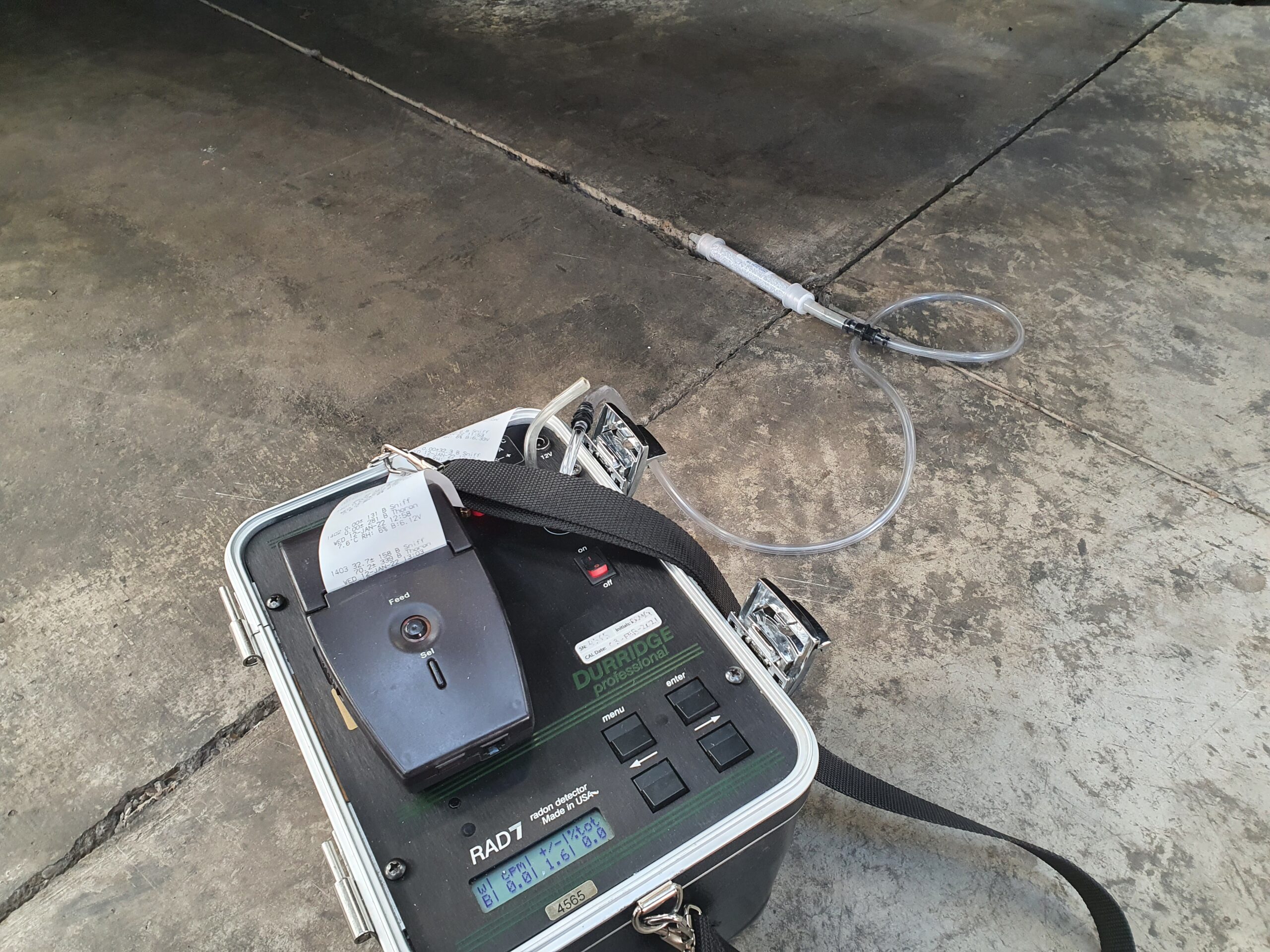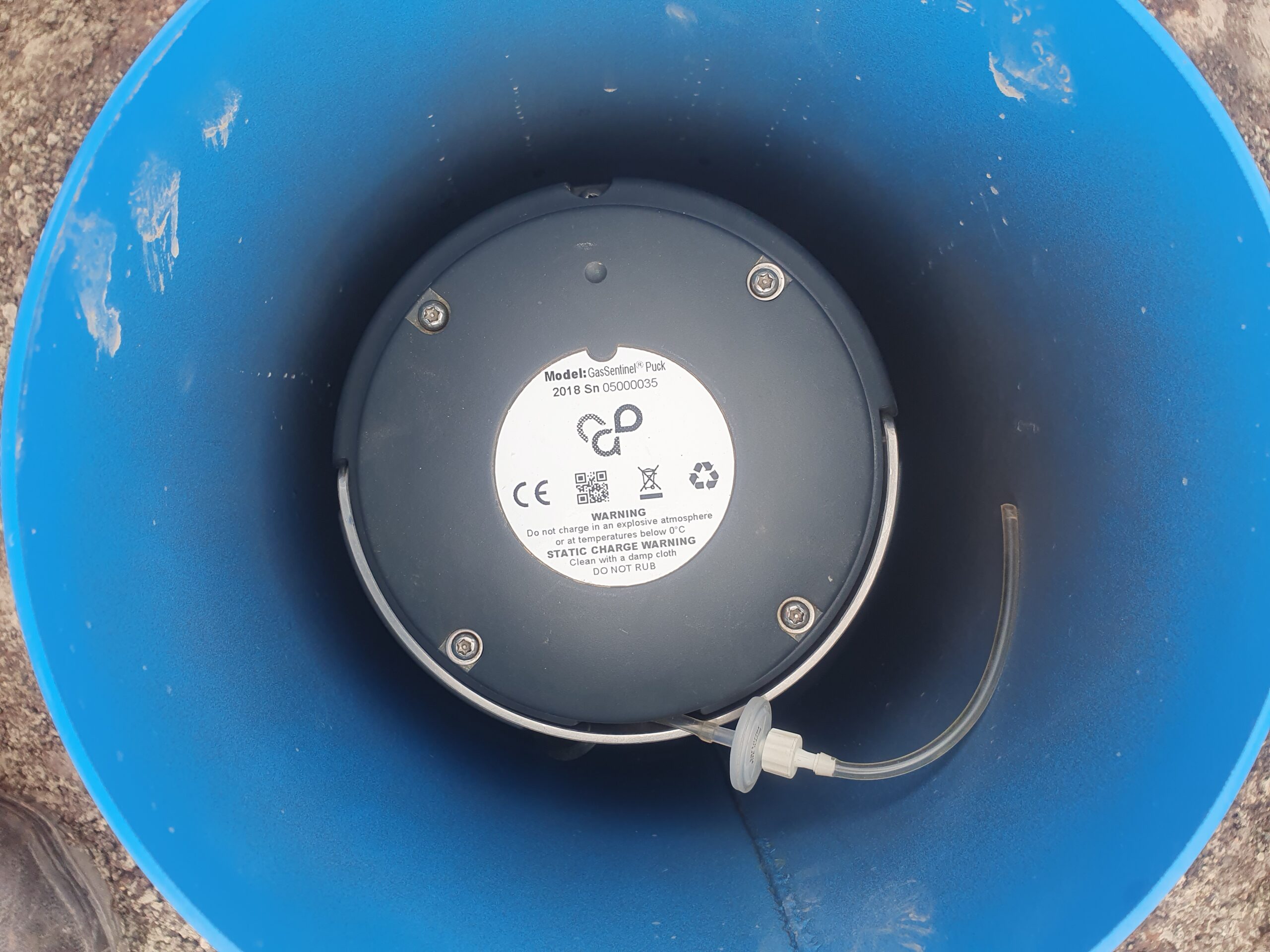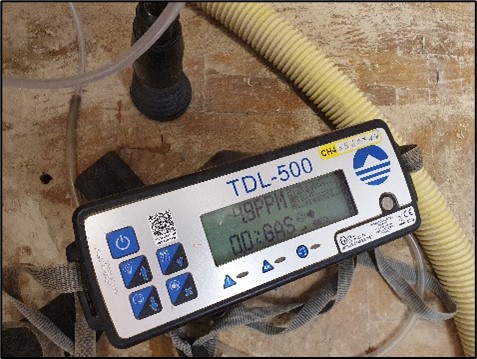- Continuous receptor monitoring
- Detailed site walkover
- Radon gas sweep survey
A light industrial unit required a detailed monitoring assessment to discharge an outstanding planning condition, having been constructed without completing appropriate risk assessment for ground gas, including radon.
The site comprised a recently constructed light industrial unit located in the East Midlands. Although the unit was completed and occupied, an outstanding planning condition remained as an appropriate assessment for ground gas had not been completed prior to construction. Furthermore, the site was situated in an area where basic radon protection measures are required, and radon protection measures had not been incorporated into the construction design.
The client requested that GGS provide a proposal for undertaking detailed assessment of the site, with respect to radon and standard ground gases, to ensure the site remained suitable for long term use, and to support discharge of the outstanding planning condition. Due to the completed construction status of the site, occupied use, and project timescales, GGS proposed a detailed lines of evidence receptor monitoring programme to provide a robust data set for assessment.
An experienced GGS specialist attended site to undertake a detailed site walkover and high-resolution gas sweep survey for methane and carbon dioxide. During the survey, GGS recorded all gas measurements (to parts per million by volume level (ppmv)), and observations pertinent to building construction/ground gas, on a proforma record sheet.
Considering the survey results and observations, GGS selected two indoor locations for continuous receptor monitoring using Gas Sentinel® continuous monitoring equipment. Gas Sentinel® equipment recorded gas concentrations (methane, carbon dioxide, oxygen, carbon monoxide and hydrogen sulphide), along with atmospheric pressure and temperature, for a 4-week monitoring period. Key to the assessment was capturing potential ‘worst case’ conditions and so the monitoring period was set with the aim of capturing at least one significant falling pressure event (considered to be the likely dominant ground gas driver). Furthermore, GGS targeted ‘worse case’ areas with the monitoring locations focusing on potential ground gas entry points (such as weak points in the floor slab) and/or likely areas of potential ground gas accumulation (such as enclosed spaces).
To address radon, GGS undertook a sweep survey for radon/thoron using a RAD7 professional radon monitoring instrument. As radon and thoron are typically found together in soil gas, and thoron has a short half-life, typically decaying close to its point of entry, the survey results can be used to identify potential radon entry points and inform mitigation requirements. Considering the survey results, GGS selected discrete locations for real time radon monitoring to provide an accurate indication of radon activity in the internal spaces during the site visit. Furthermore, GGS deployed passive radon detectors for the 4-week monitoring period, to provide a spatial indication of radon activity through a range of environmental and occupational change.
On completion of the monitoring period, GGS retuned to site to collect the two Gas Sentinel® instruments and passive radon detectors. During the visit, GGS also repeated the gas sweep surveys for methane, carbon dioxide and radon/thoron.
GGS provided the client with a detailed GGS DataPack Plus Report, detailing the lines of evidence gathered during the GGS investigation. The report contained all collected data, methodologies, monitoring details, instrument specifications, calibration certificates, technical commentary of results and a gas contaminant linkage assessment.
The assessment provided robust evidence that there was no unacceptable contaminant linkage, which subsequently confirmed that no additional were needed, thus providing assurance to the regulator that the outstanding planning condition could be suitably discharged.




